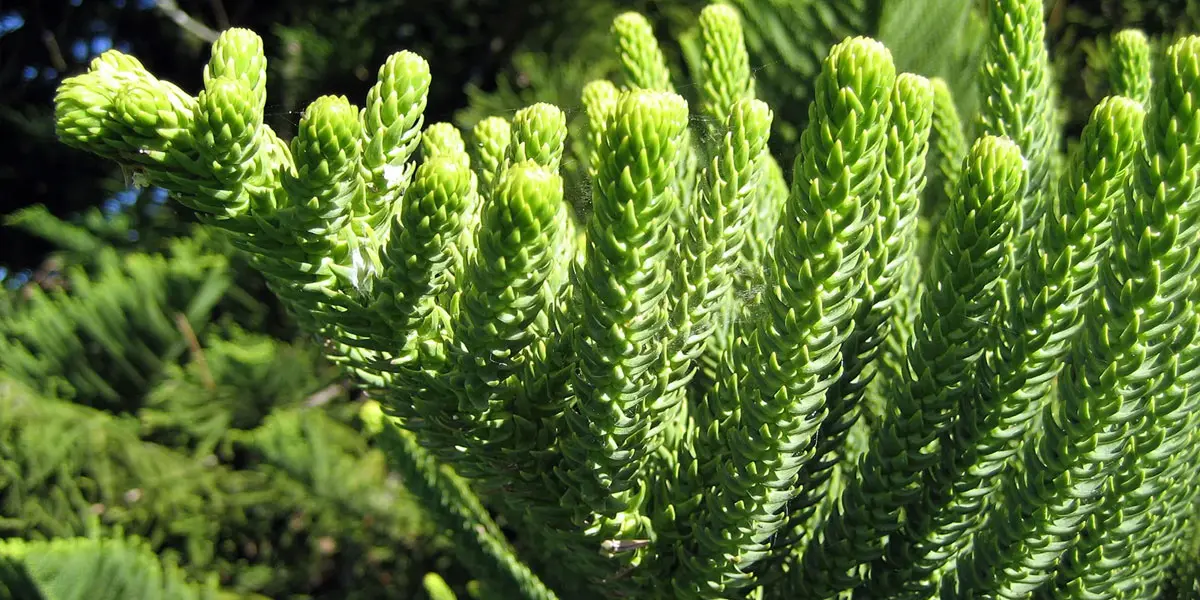We’ve all been there. You wake up one morning to find your once-majestic Norfolk Island pine shedding needles like crazy. Fear not, fellow plant parent! While dropping needles can be a sign of trouble, it’s also a natural part of a Norfolk’s life cycle. Let’s diagnose the cause and get your spiky friend back on track.
Norfolk Island Pine Care is related to this article that you can read.
Is it Normal Needle Drop or Something More?
First, a quick reality check. Norfolk pines, like most evergreens, shed older needles as they grow. So, a few brown needles at the bottom are nothing to worry about. But if you’re seeing widespread needle loss, particularly with brown or yellowing needles, then it’s time to investigate.
Common Culprits for Excessive Needle Drop
- Watering Woes:
- Underwatering: This is a frequent flyer for needle drop. Stick your finger in the soil – if it’s bone dry past the top inch, it’s thirsty! Water deeply until water runs out the drainage holes, then let it dry out partially between waterings.
- Overwatering: Just as bad! Overwatering suffocates roots and hinders nutrient uptake. Soggy soil or a foul odor are signs of overwatering. Reduce watering frequency and check for root rot (mushy brown roots). Repot in fresh, well-draining soil if necessary.
- Humidity Hangover:
Norfolk pines are humidity lovers. Dry indoor air can wreak havoc on their needles. Here’s how to help:
- Group plants together: Plants naturally raise humidity around them.
- Pebble tray power: Place your pot on a tray filled with pebbles and water (water shouldn’t touch the pot).
- Humidifier hero: Invest in a cool-mist humidifier to directly increase the air moisture.
- Light Blues:
These pines like bright, indirect sunlight. Here’s what to avoid:
- Direct sun: Harsh afternoon sun can scorch needles.
- Too little light: Dim light can stunt growth and contribute to needle loss.
- Feeding Frenzy (or Lack Thereof):
Norfolk pines benefit from regular feeding during spring and summer. Use a balanced fertilizer diluted to half strength according to package instructions. Avoid overfertilizing, which can damage roots.
- Temperature Trouble:
These pines prefer cool to moderate temperatures (60-70°F). Avoid placing them near heat vents, drafts, or air conditioners.
Bonus Tip: Don’t Ignore Pests!
While less common, scale insects and spider mites can also cause needle drop. Regularly inspect your pine for signs of pests and treat accordingly with insecticidal soap or neem oil.
By addressing these potential causes, you can help your Norfolk Island pine bounce back and continue to grace your home with its elegant presence. Remember, a little detective work and TLC can go a long way in keeping your spiky friend healthy and happy.
